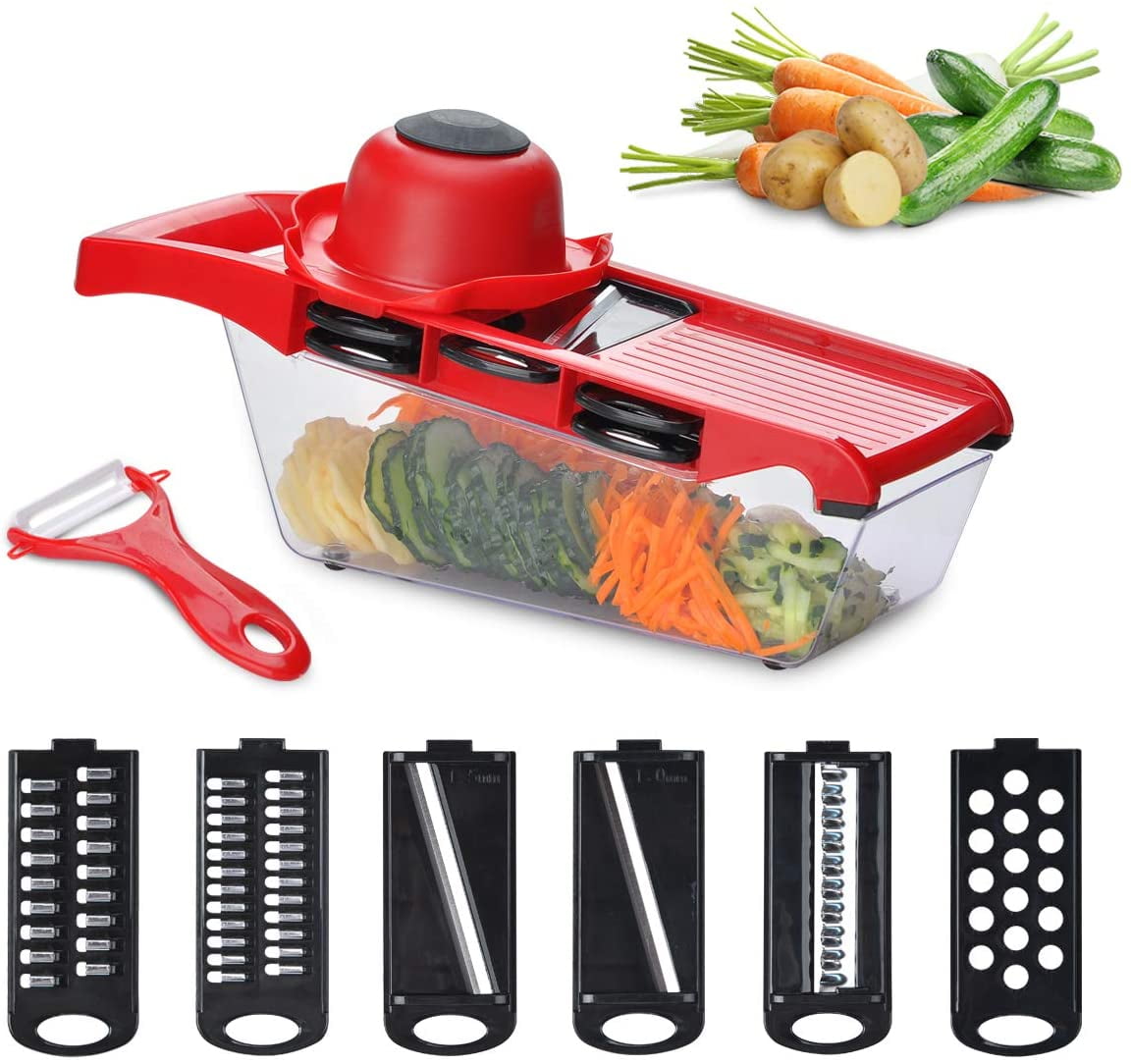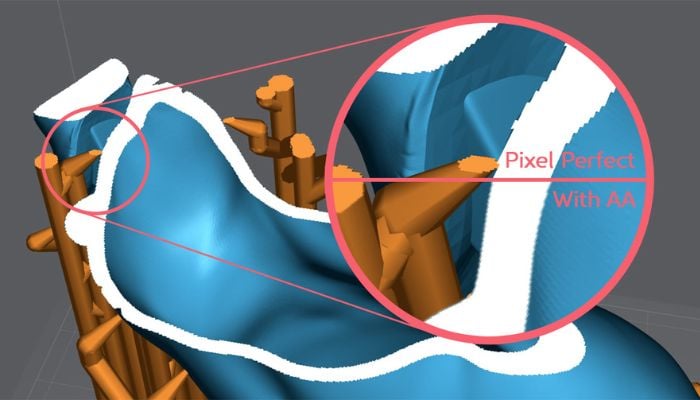

#LYCHEE SLICER FREE UPGRADE#
The access to the Pro version comes at the cost of €65.99 a year.Īn upgrade to the Premium option adding another €44.90 per year. However, there is a catch in that the free version has limited access to all the features that Lychee Slicer has to offer. This does have the advantage of making Lychee Slicer free to use as well, which can only be good for us 3D printing geeks! It also means that printer manufacturers can use the code and create their own custom slicer to market with their own printers.Īn example of this is Creality who have used Cura as the basis for their Creality Slicer program and ChiTubox for their Halot Box resin slicer.
#LYCHEE SLICER FREE FULL#
This is a fairly common practice with this type of software, as the programmers are usually just happy to see their creation being used to its full potential. This basically means that you or I could take the source code of Lychee Slicer and modify it to suit our own needs.
#LYCHEE SLICER FREE SOFTWARE#
Lychee Slicer has always been an open source program, which is a blanket term for any software that allows for the original source code to be made freely available, redistributed and modified. Let’s then have a look at the key features. There are many features that set it apart from its competitors, and many that you would expect to see. Lychee Slicer is an impressive piece of software and an invaluable tool for users of resin printers. Lychee vs ChiTubox: The Ultimate Battle of Slicers

So let’s now use that key to unlock the hidden treasures inside the Lychee Slicer chest. Therefore, if you’re at all familiar with either Cura or ChiTubox then some things we’ll be discussing won’t be new to you. Anyway, the manipulation and settings of print parameters follows a similar path in all three. Other slicers such as the well-known Cura software focus on FDM printers, so can’t be directly compared. Lychee Slicer is among the best slicer programs currently available, and it’s only main rival is ChiTubox in terms of use with resin printers.

This is where we now have the version of Lychee Slicer as it is today, and it’s this that we’ll be discussing. Once the benefits of the new slicer became apparent to its users, Mango 3D decided to open the field to allow other manufacturers printers to be used with the program. Initially, the slicer was only compatible with the 3D resin printers that were being produced by Mango 3D. This needed to be of a better standard than those already out there where quality was being lost from the original designs to slicing then printing. He decided that he wanted to design and create his own resin printer, but then also decided that he needed to create a new slicer to work alongside his shiny new machine. Lychee started life in 2017 was created by designer Julien Delnatte and the company Mango 3D. In this article, we’ll be delving much deeper into what it does, how it works and how you can use it to get the best quality prints.įirst though, let’s just remind ourselves of how Lychee Slicer started. Those opening sentences provide just a very brief explanation of what Lychee slicer is. Lychee Slicer is one such program that specializes in preparing model files for resin 3D printers primarily, but can also be used for FDM printers. A slicer in 3D printing terms is software that allows you to manipulate and prepare your design for printing.


 0 kommentar(er)
0 kommentar(er)
